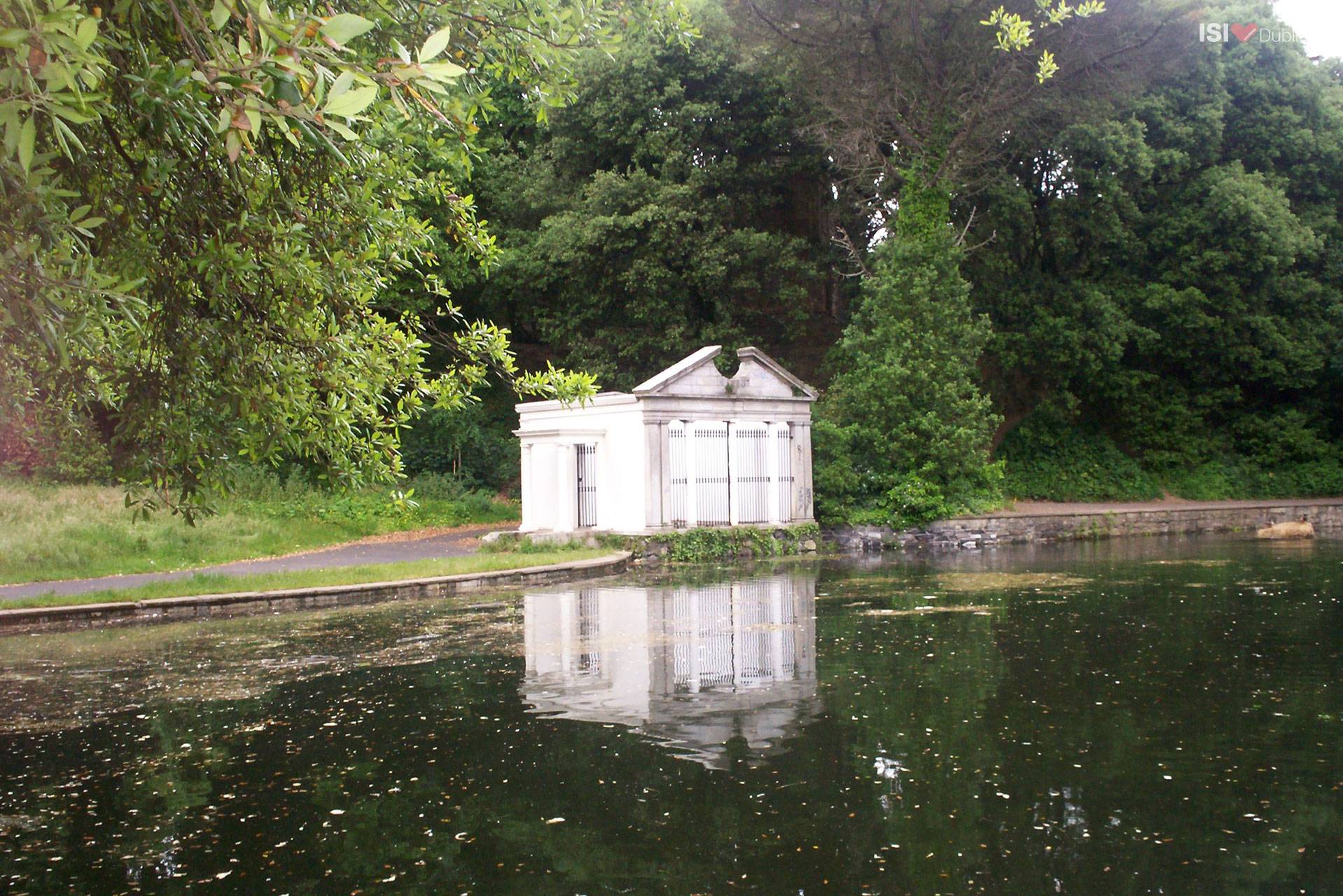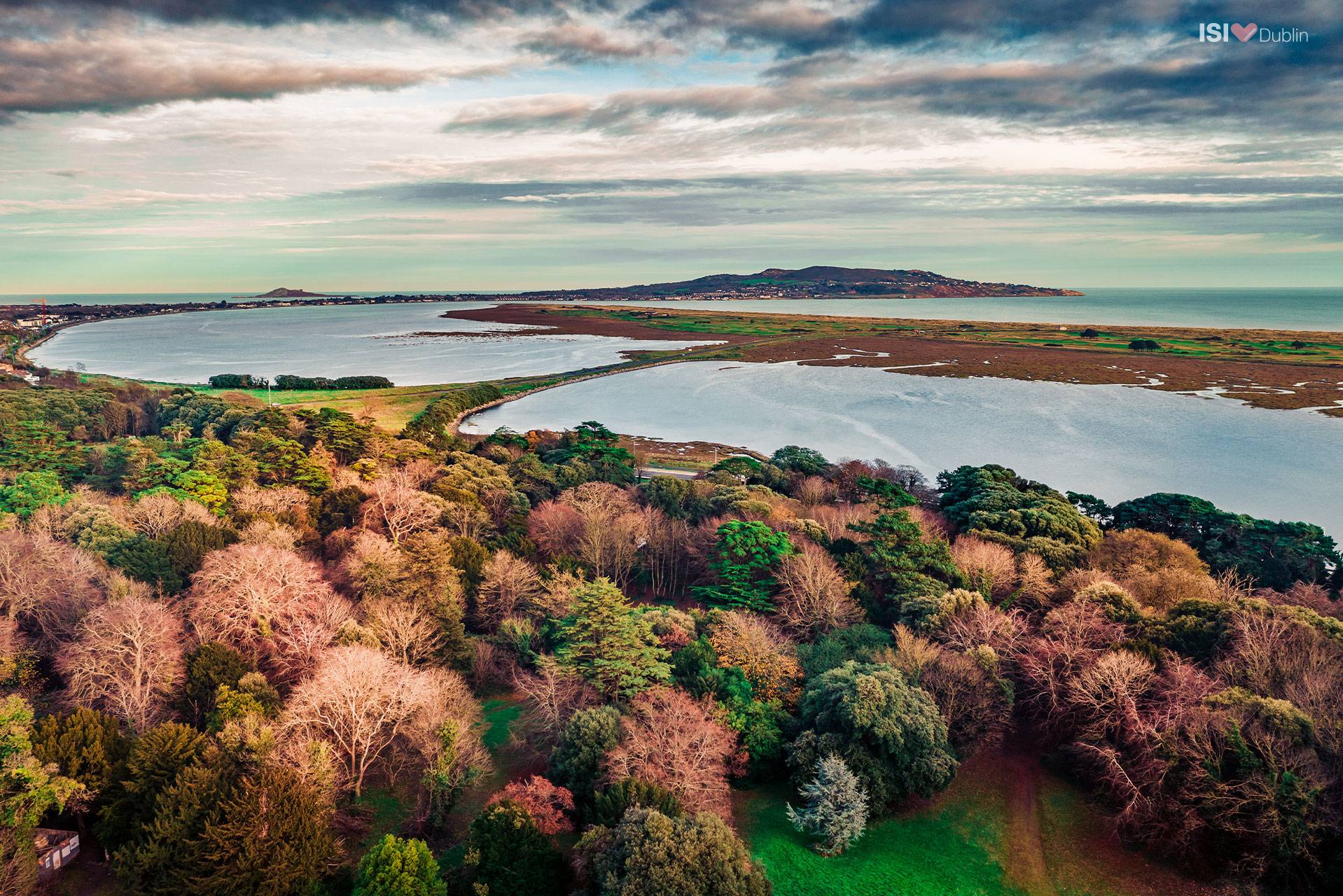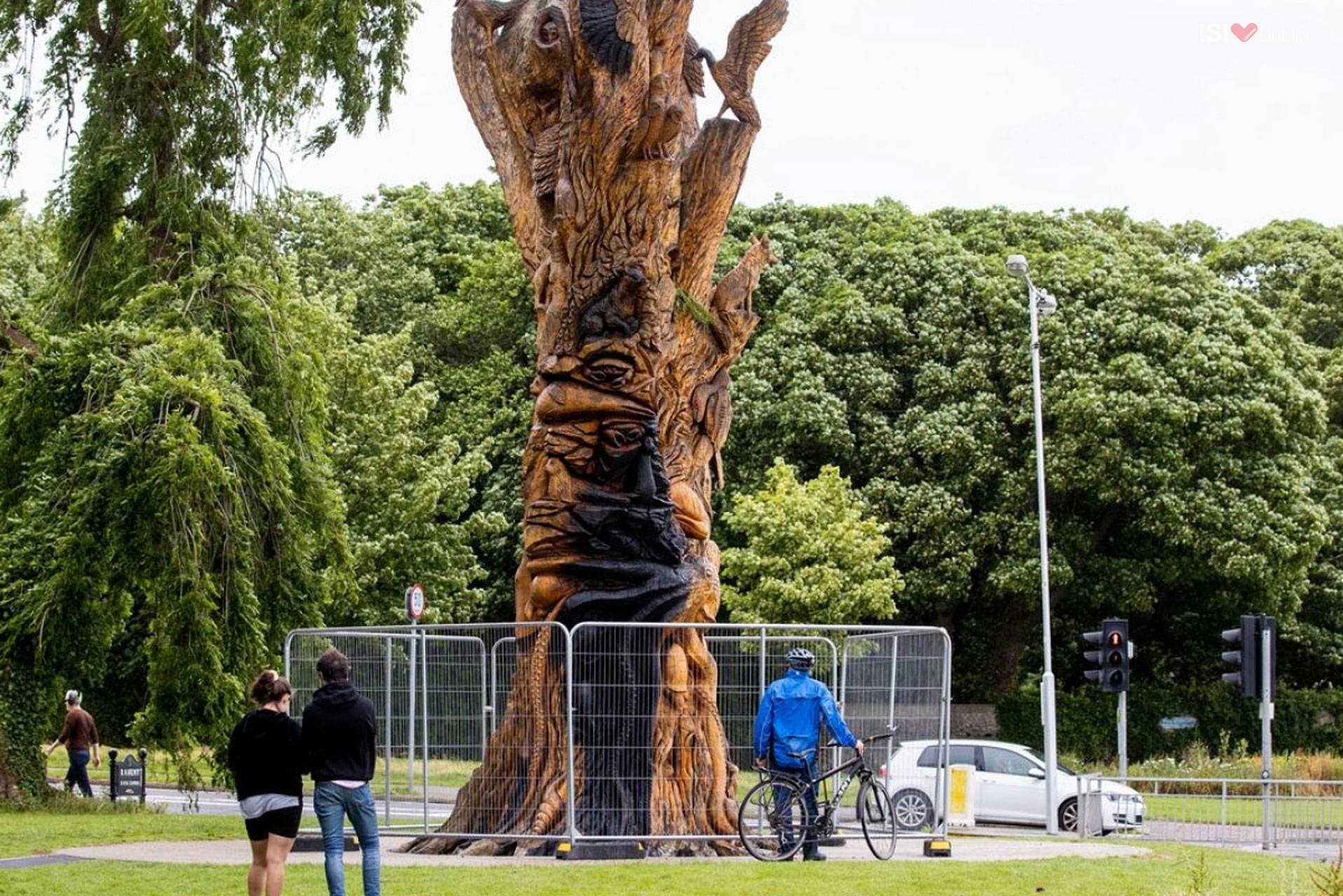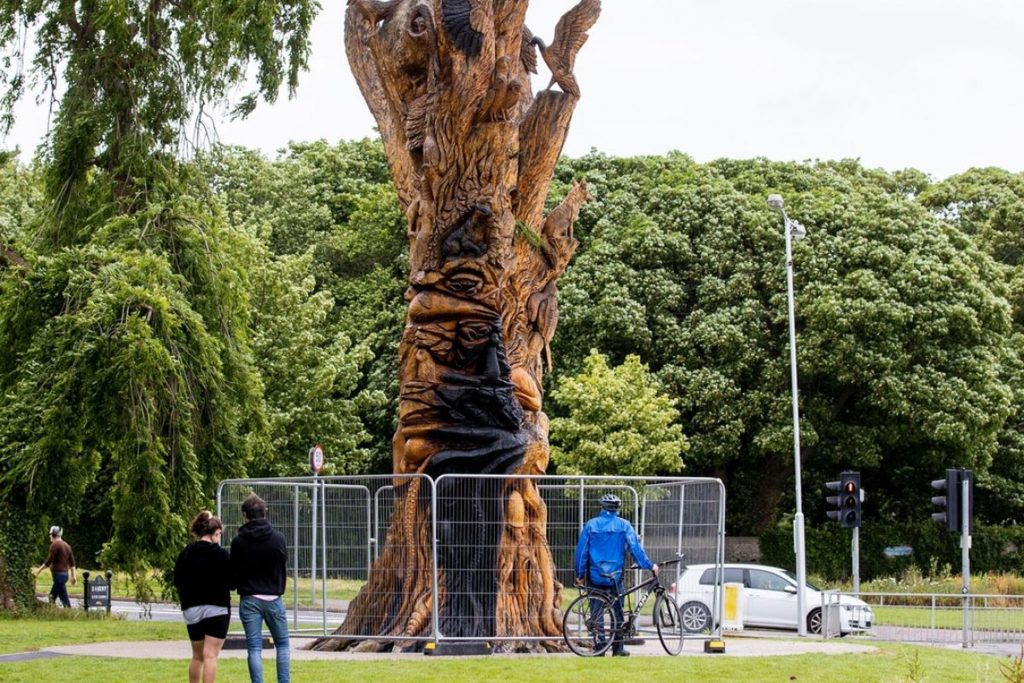If you’re an ISI student taking a break from studying english in Dublin this summer, why not take a trip to Saint Anne’s Park?
Brief History of Saint Anne’s Park
Saint Anne’s Park was founded in 1835 by members of the Guinness family, descendants of the famous brewer, Arthur Guinness. Over time and through the generations, more ground was acquired and the park was correspondingly extended. The park is the second largest municipal park in Dublin. The park gets its name from Saint Anne’s holy well which is located on the grounds. One of Dublin’s lesser known rivers, the Naniken, runs through Saint Anne’s Park. This is where the majority of the park’s notable follies are located – these edifices serve no practical purpose, but were built purely to appeal to the whim and fancy of the builders and commissioners.
Some features of Saint Anne’s Park
Saint Anne’s Rose Garden is particularly scenic, and was opened to the public in 1975. The red brick Ardilaun stables are a fine example of Tudor architecture, and today their courtyard plays host to the farmer’s market every weekend. The duck pond is a significant feature of the park and is overlooked by the ‘Temple of Isis’, one of the park’s most unusual follies.

Saint Anne’s Park is also located very near some other interesting Dublin locations, not least Bull Island and Clontarf Castle, making for a decent day trip. The park is a popular weekend retreat for families given the presence of a children’s playground – there are also numerous sports grounds to kick a ball around.
Wildlife in Saint Anne’s Park
Saint Anne’s Park used to be a thriving home for the native Irish red squirrel, but in recent years their numbers have fallen dramatically, usurped by the non-native grey squirrel species. The park has a large variety of other mammal species, including rabbits, field and house mice, rats and bats, hedgehogs and badgers. Birdlife includes the jay, the woodcock and the sparrow hawk – many types of butterfly species also proliferate in the park, as well as a notable diversity of bees.

The Tree of Life at Saint Anne’s Park
Towards the northeastern exit of Saint Anne’s Park, one may find a striking wooden sculpture – at first glance, it looks abstract, but if you look closer, you will see many animal species are represented within the woodwork, a celebration of biodiversity with something new and different to be seen from every angle, from swans to octopuses. Known variously as the ‘Peace Tree’ or ‘The Tree of Life’, it is the work of the sculptor Tommy Craggs and was formed from a dying tree believed to be about 200 years old.

So there you have it, ISI student! Saint Anne’s Park is one of Dublin’s most interesting and unusual beauty spots. Next time you’re taking a break from studying English in Dublin, why not spend it in Saint Anne’s Park? Have fun!

